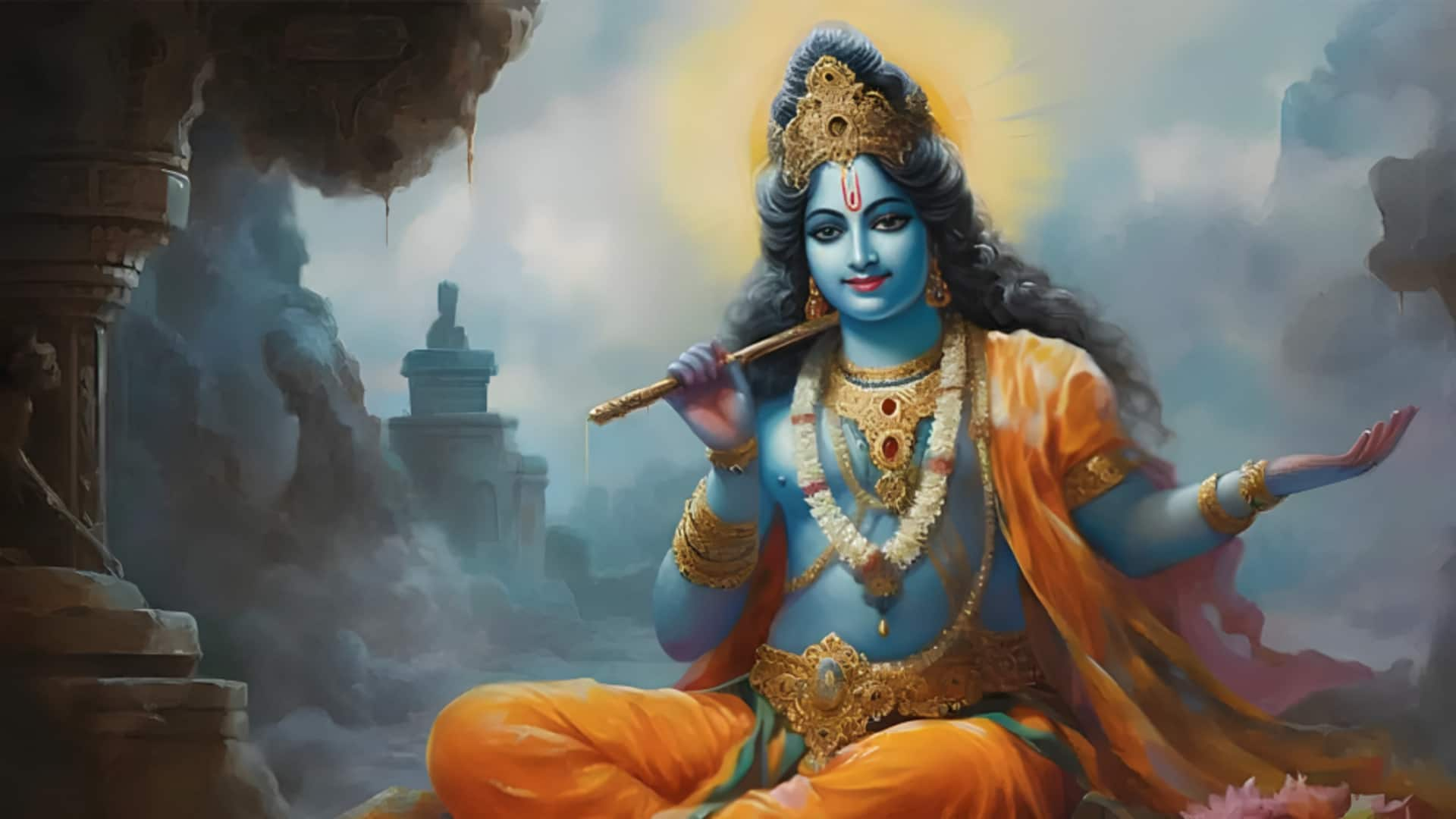
Celebrating Krishna Janmashtami: Traditions and tips to follow
What's the story
Krishna Janmashtami, also known as Janmashtami, celebrates the birth of Lord Krishna, an avatar of Lord Vishnu. It is observed with fervor in India and the celebrations take place on the eighth day of the Krishna Paksha in the month of Shravana (amanta tradition) or Bhadrapada (purnimanta tradition). Let's explore the different traditions as well as some useful tips to follow for Janmashtami celebrations.
Rituals
Understanding the rituals
Janmashtami rituals begin before dawn and continue until midnight when Krishna's birth is believed to have taken place. Devotees fast, decorate temples and homes with flowers and lights, and prepare Chappan Bhog, featuring 56 dishes as offerings. At midnight, statues of baby Krishna are bathed in milk and water and then adorned in new garments. Following this, devotees break their fast by consuming prasad.
Dahi Handi
The significance of Dahi Handi
Dahi Handi, celebrated during Janmashtami prominently in Maharashtra and Gujarat, symbolizes Lord Krishna's love for butter. Teams form human pyramids to reach a high-hanging pot filled with curd, representing this fondness. This event fosters community spirit as participants compete for prizes ranging from ₹10,000 to ₹100,000. It also adds excitement and celebrates Krishna's playful side, making it a key part of the festivities.
Performances
Cultural performances and plays
Cultural performances play a crucial role in Janmashtami celebrations. Communities organize plays called "Raslila," depicting scenes from Lord Krishna's early life. These include his miracles and his role in the epic Mahabharata. The performances are not just entertaining but also serve as a medium that passes down stories from one generation to the next, ensuring the essence of Janmashtami is preserved through time.
Fasting
Fasting practices and foods to eat
Many devotees observe Janmashtami fasting by avoiding grains until the midnight pooja concludes. They eat fruits, milk products, and water, adhering to a sattvic diet for body and soul purification. After midnight, following the idol worship ceremonies, they consume special dishes like Panchamrit. This mixture includes milk, honey, and ghee, marking the end of their fast.
Safety
Safety measures during celebrations
During Dahi Handi and large gatherings, safety is paramount, particularly when forming human pyramids, to avoid injuries and untoward incidents. Organizers must provide on-site medical facilities and participants should wear protective gear, such as helmets. Moreover, during home celebrations, exercising caution is essential when lighting diyas or candles near children. This helps maintain a joyous atmosphere without any mishaps.